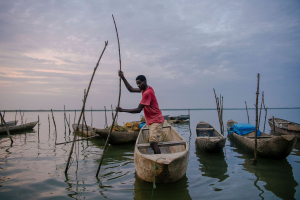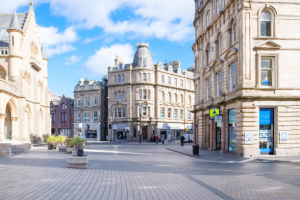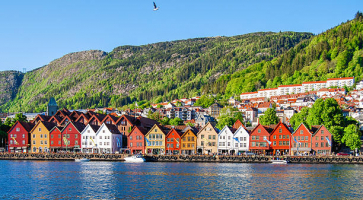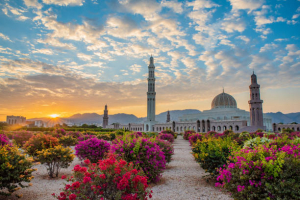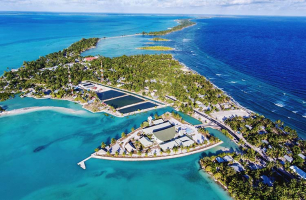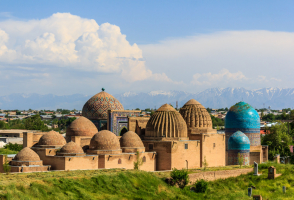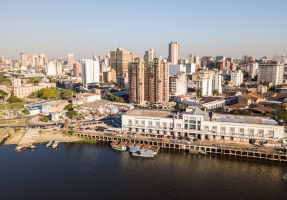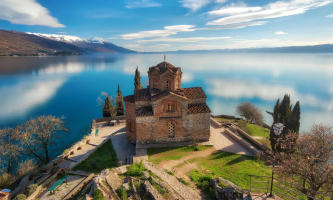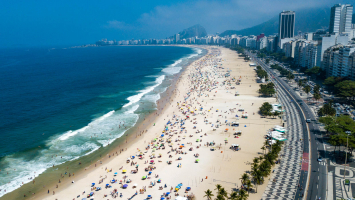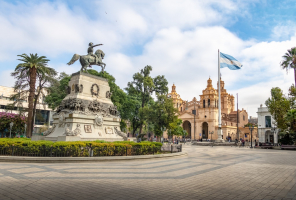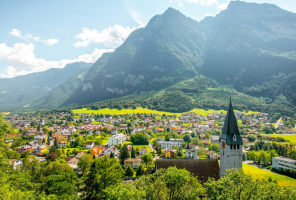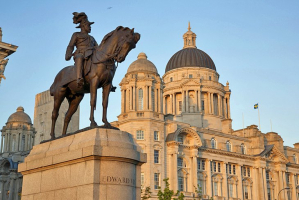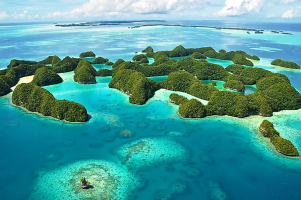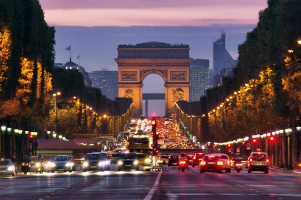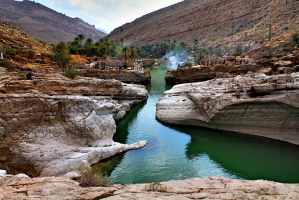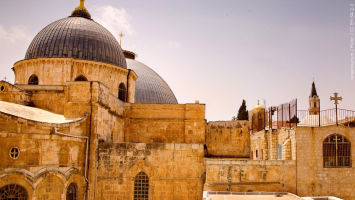Top 6 Reasons to Visit Guinea
Guinea is a wonderful nation with welcoming and nice people, but sadly there is not much infrastructure for tourists. Guinea has abundant natural resources, ... read more...but it also has significant economic problems. The coastline region and a large portion of Guinea's interior are tropical, with a rainy season that lasts from April to November, generally dry conditions, consistent temperatures, and high humidity. Here is a list of reasons to visit Guinea.
-
This nation is small in comparison to other rapidly developing West African nations, which deters tourists from visiting there. But Guinea also offers some amazing seashores on the Loos Islands, picturesque natural palm trees, and some of the most famous structures in Africa, such as the Great Mosque. There is a wealth of natural beauty in Guinea, a country in West Africa. The stunning natural scenery that Guinea is famous for will be presented here. This thing is one of the reasons to visit Guinea.
Guinea is renowned for having beautiful beach shorelines all around the world. In Guinea, there are many lovely shorelines, and the vast majority of them are tidy and peaceful. Sea Beach boasts some of the world's best shorelines, which are both numerous and generally of high quality. Tourists maintain their beaches clean and free of the trash. It's challenging to narrow down Guinea's top 10 sea beach shorelines with so many to choose from. You should have information about Cape Verga, which is a paradise of beaches if you intend to visit Guinea during the summer. Several hours of driving will take you there from Conakry. Bel Air Beach and Sobane are two of the most remote beaches. Many travelers from different regions of the world visit these beaches.
Guinea also provides one of the planet's most diverse landscapes. Fouta Djallon, one of Guinea's most stunning locations, should come to mind if you want to see magnificent scenery. This location has a very beautiful and amazing view due to the combination of rolling grasslands, peaks, and canyons. The location's serene environment, which is appropriate for all age groups, is a significant plus. There are many stunning fountains. Due to erosion caused by rain and rivers, it also contains deep jungle canyons and valleys.
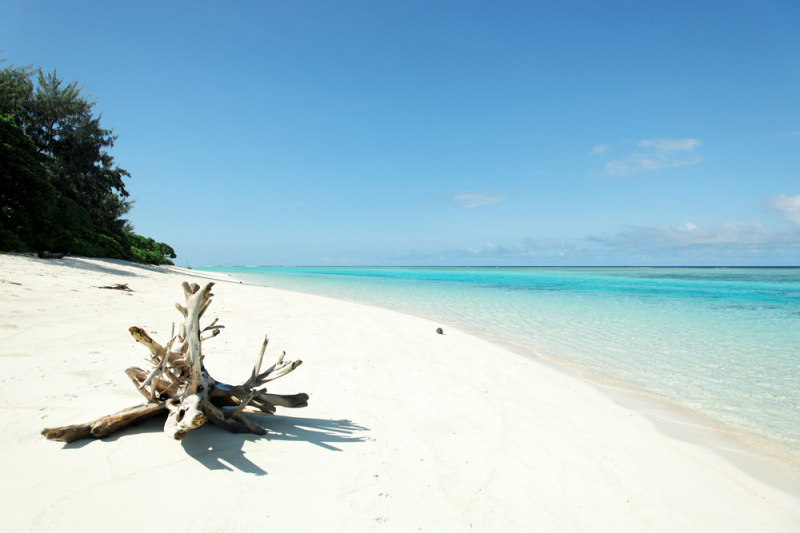
theculturetrip.com 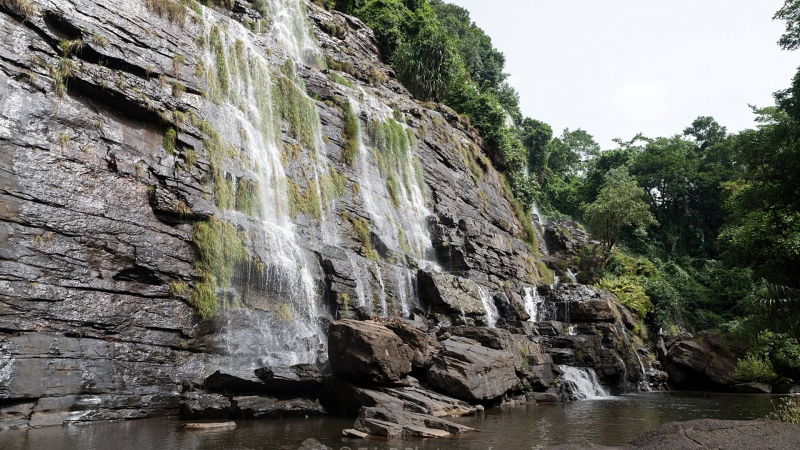
evaneos.fr -
Among the reasons to visit Guinea, food in Guinea is one of them. This is definitely one of the reasons to visit Guinea. Especially if you are traveling with your family, knowledge regarding Guinea's cuisine should be taken into account when choosing sites to visit in Guinea. The main meal is typically consumed at noon by the majority of Guineans. Porridges, bread, and tea make up the majority of their evening meals. In rural communities, meals are typically consumed outside of a sizable serving dish.
Rice and a variety of sauces are the most typical ingredients in Guinean food, and occasionally additional meats are included. Corn is a staple with preparations and ingredients varying by region: Mid Guinea, Upper Guinea, Coastal Guinea, Forested Guinea, and the area of the capital (Conakry). Fou fou, boiled mango, fried plantains, patates, and pumpkin pie are popular traditional foods that are enjoyed by both visitors and residents. There are restaurants serving Guinean food in New York City, USA, and Guinean cuisine has become quite popular abroad. Visitors who want to experience Guinean food frequently eat at San Remo, Restaurant Patisserie le Damier, and Le Cedre.
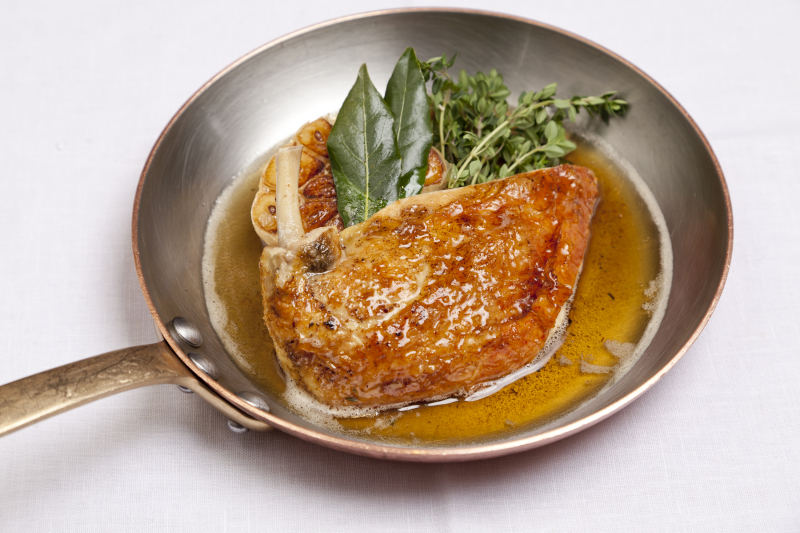
greatitalianchefs.com 
foodandwine.com -
Cultural opulence can be very interesting for tourists. With a diverse population of ethnic groups, each with its own unique traditions and a wide range of linguistic variances, Guinea has a complex and fascinating culture. Despite these variations, most Guineans adhere to Islam's beliefs and religious traditions, making them a majority-Muslim nation.
Visit the National Museum of Sandervalia in Conakry, the country's capital, to learn about Guinean culture. Even though there are a few empty rooms, this museum nevertheless houses a limited collection of artworks from different regions of Guinea, including sculptures and antiques from the colonial era. In addition, this museum houses a variety of musical instruments, statues, and masks. The ability to purchase handmade items that can be retained as a memento of this site is a wonderful perk of visiting this museum. Visitors can also spend time there and take pictures. As a result, you will not only have a great time but also learn a lot.

spiritedpursuit.com 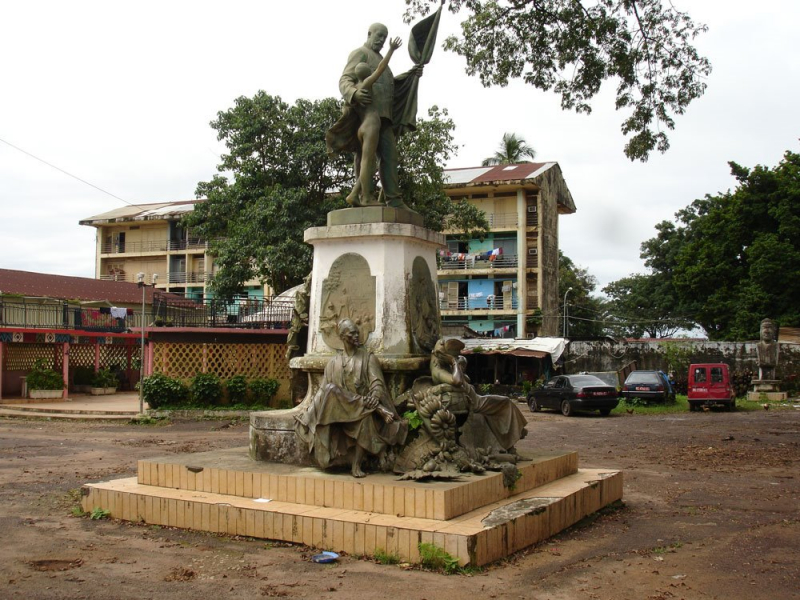
mapio.net -
Everyone is usually concerned about the weather when they are traveling. Will it be quite chilly? Is it actually that warm? However, you need not worry about the weather if you are planning a trip to Guinea because the tropical climate is comfortable all year round. This thing is one of the reasons to visit Guinea. The majority of Guinea's interior and its coastal belt both enjoy tropical climates with a long rainy season that lasts from April to November. Conakry, the nation's capital, with an average annual high temperature of 84 °F (29 °C) and a low temperature of 73 °F (23 °C), demonstrating that the country does not have an extremely wide range of temperatures.
The ideal months to travel to Guinea are November through March when the weather is moderate and the temperatures comfortable. The infamous harmattan winds, which blow from December to February, blow Saharan sand across much of the nation, yet this does not seriously impede movement. Travel is also recommended during the months of May, June, September, and October when rainfall is more moderate.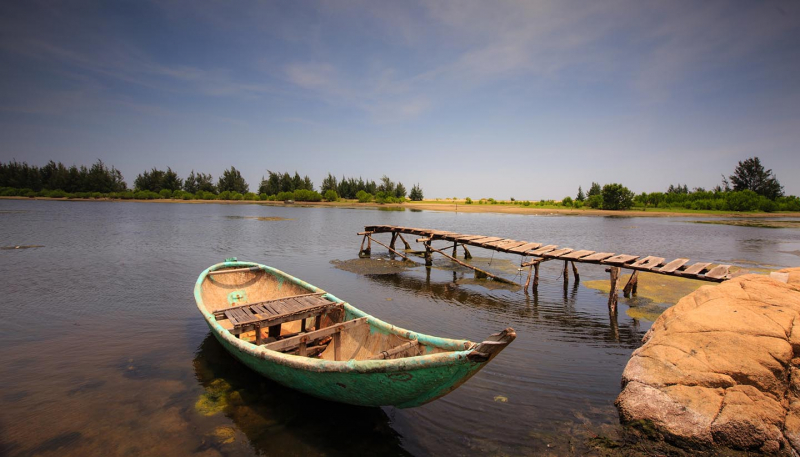
worldtravelguide.net 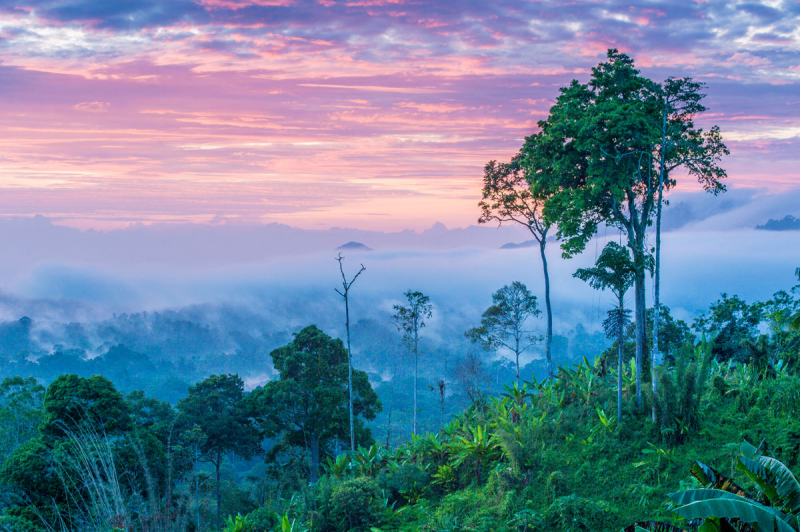
resilient-landscapes.org -
The wildlife of this West African nation can also be fascinating to visitors. The northeast savannahs between the Tinkisso River and the Mali border, the foothills of the Fouta Djallon highlands, and the southeast of the nation are good places to see animals. Guinea's wildlife has a tremendously broad range of habitats, which contributes to its diversity. While the north and east of the country are made up of dry savanna woodlands, the southern portion of the nation is located inside the Guinean Forests of West Africa Biodiversity Hotspot. Guinea's ecoregions include the West Sudanian Savanna, Guinean mangroves, Guinean forest-savanna mosaic, Guinean montane forest, and Guinean lowland forest.
Due to ineffective environmental conservation, declining populations of large mammals are confined to remote, desolate areas of parks and reserves. The Guinean Parks is a notable NGO that focuses on protecting nature. Pinselly Classified Forest, National Park of Upper Niger, Badiar National Park, Mount Nimba Strict Nature Reserve, Ziama Massif, Bossou Hills Reserve, and Diécké Classified Forest are well-known refuges for Guinean species.
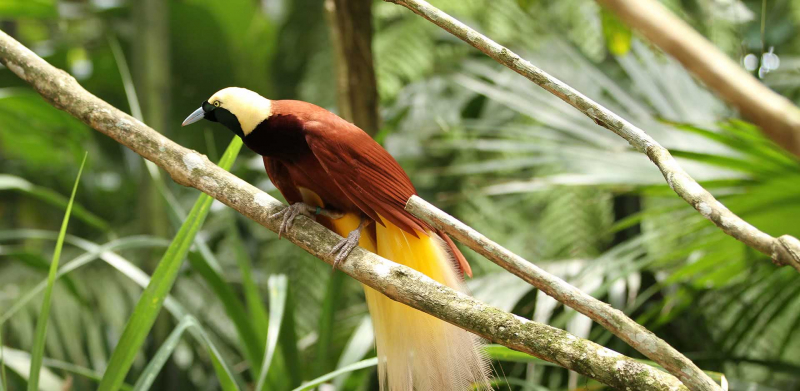
remotelands.com 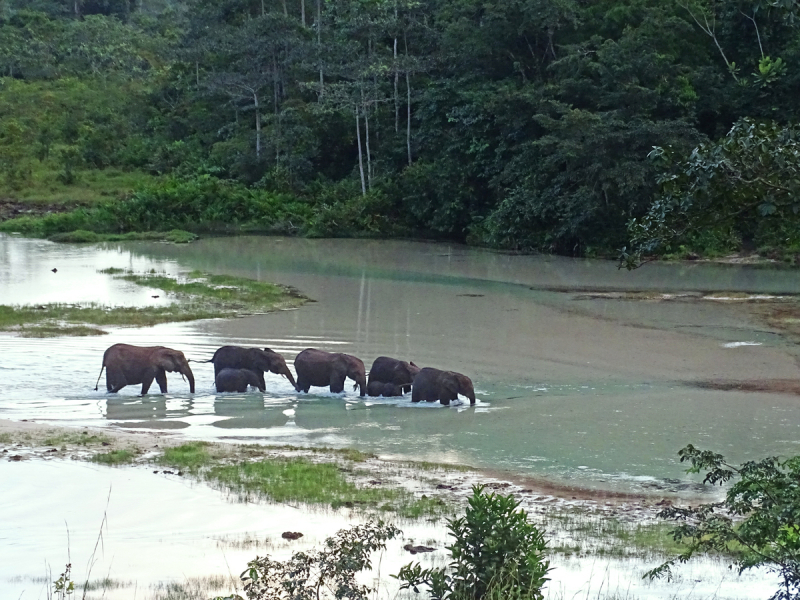
wcs.org -
A mountainous location called Fouta Djallon may be found in Guinea's central-western region. Some of the major rivers in Western Africa, including the Gambia, Bafing (Senegal), Bakoy, Koliba, Kolentè (Grand Scarcies), Kaba (Little Scarcies), and Konkouré, are derived from this mountain range of surrealistic reliefs, whose height ranges between 700 and 1500 meters. This location is particularly great for hiking and other outdoor activities.
Fouta Djallon is an essential region in a trip to West Africa for hikers because it offers a variety of treks. Its pleasant climate, majestic landscapes, countless waterfalls, impressive cannons, natural swimming pools for refreshing yourself, and spectacular granite cliffs make it an ideal destination. Several tributaries of the Niger River are also fed by the eastern hillsides of Fouta Djalon, and the Niger River's source is protected by the Guinea Highlands foothills, which are located to the south-east of this hilly chain, not far from the Sierra Leonean border.
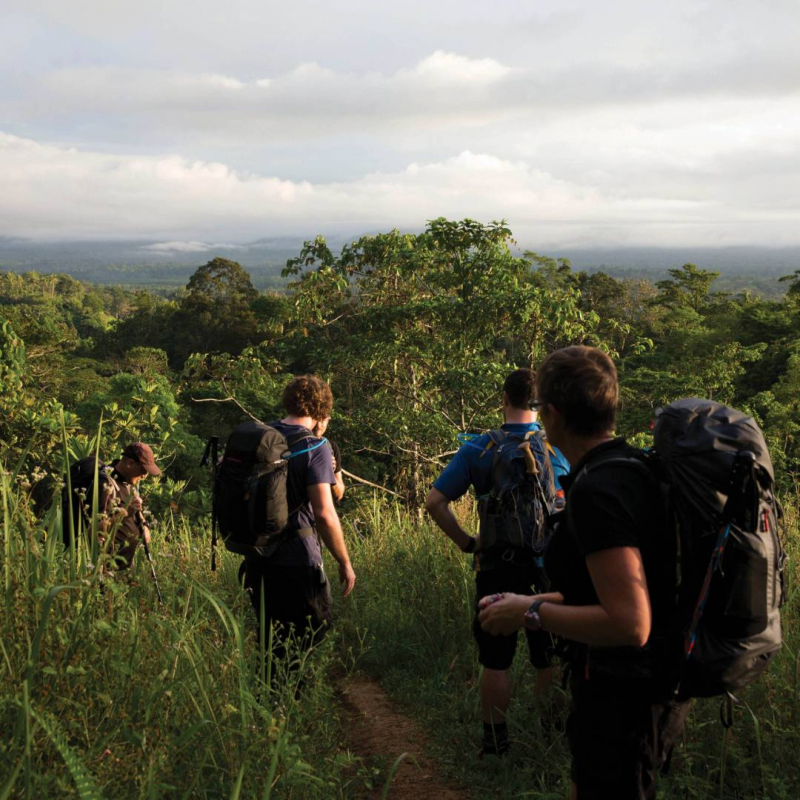
worldexpeditions.com 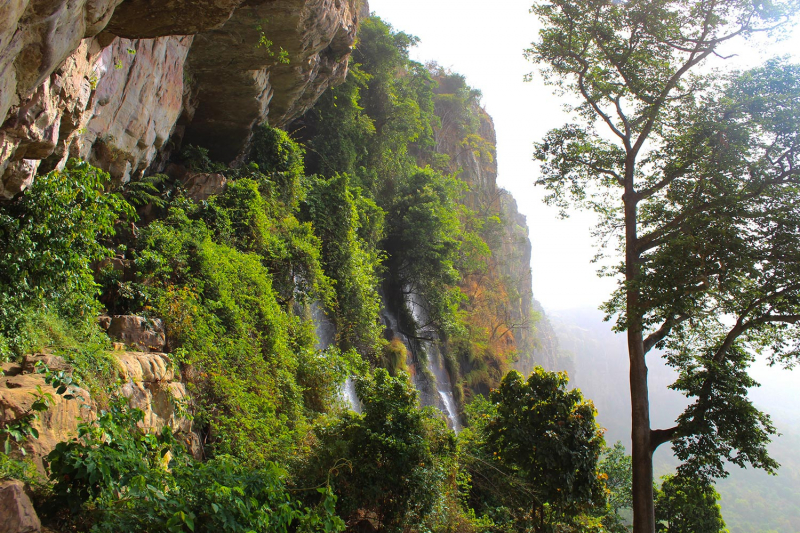
outpostmagazine.com








